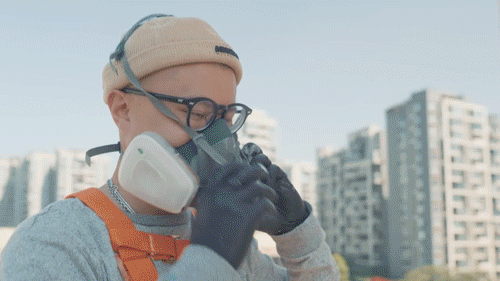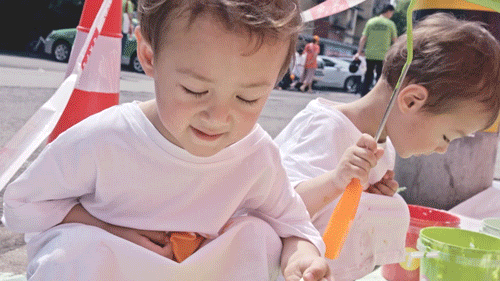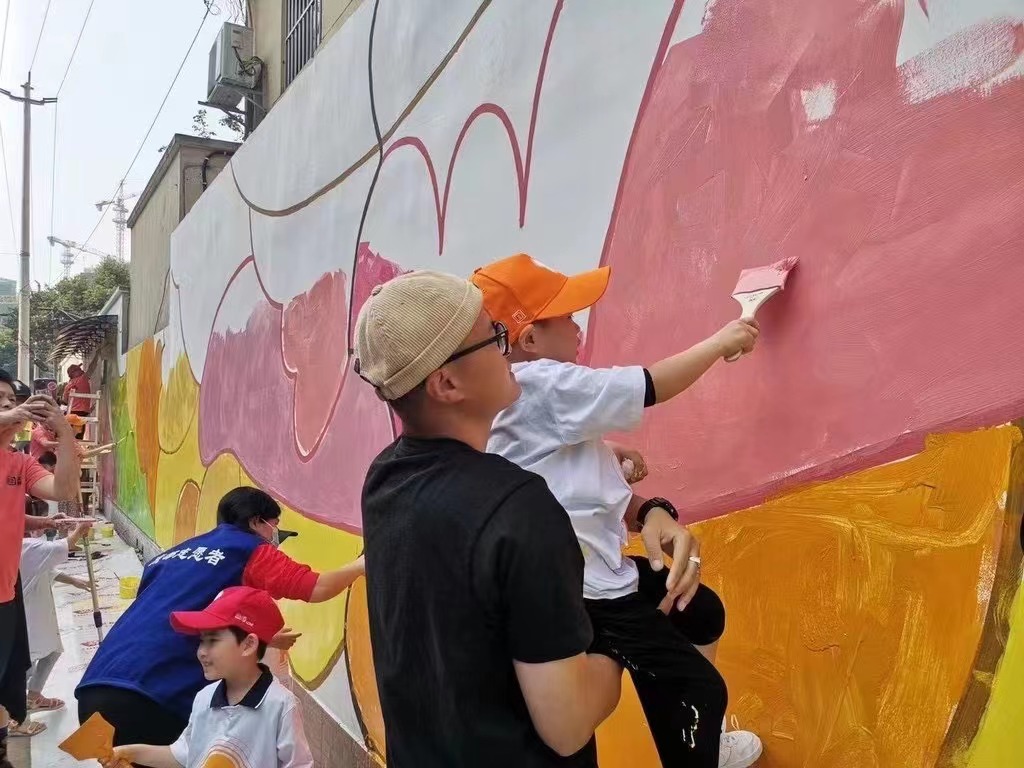
With the support of the Chinese local government and a private company, a neighborhood in Chengdu, Southwestern China has been transformed into a cultural district called Red Star by providing painting materials for graffiti artists to express themselves and realize their wild dreams on the public walls.
This isn’t just a Chengdu phenomenon. Local officials from Xi’an in the northwest to Hunan in the central-south are partnering with street artists to transform graffiti into a full-blown business in order to beautify their communities.
The popularity of modern graffiti culture in China could be arguably attributed to international events such as the Beijing Olympics of 2008 and the Shanghai World Expo of 2010. Between 2006 and 2010 was the “golden era” when graffiti started to take root in China.
Dezio was highly praised as the founder of Chinese contemporary street art by some peers. He believed “the two international events changed everything,” as China allowed graffiti to appear as a legitimate art form for the first time to create an open and attractive national image. As a result, the number of graffiti artists increased from a dozen to hundreds in two years after the Olympics.
Throughout China, these policies have continued to advance, aided, and abetted by government initiatives to revitalize rural and urban areas. Some have benefited from this drive, like the graffiti artist Rula based in Changsha, Hunan of southern China, who transformed the local water tower and its surrounding district into a colorful, lively neighborhood with his sprays and brushes.


The old water tower located in the Wuhou District of Chengdu, Sichuan province with 26 years of history, supplied water for hundreds of families in the mid-1990s and is now preserved as a special landscape.
In contrast to countries like Singapore and the United States, where graffiti is often viewed as vandalism and punishable with prison time and fines, especially among youths; in China, the painting materials are distributed to neighborhood kids. With this collective effort, the historic water tower is magically turned into a bright, colorful iconic building that connects people for new memories and stories.


Being largely isolated from politics benefits street artists to explore vastly different themes than their Western counterparts. In Rula’s project in Chengdu, water represents the beginning of life, nature, and the universe, just as the water tower in Wuhou District was once a necessity for residents. In his signature design, Rosmical, Rula illustrated these concepts through a seed-like pattern that comes from the deepest parts of the universe.
After practicing graffiti for 15 years, Rula’s works have been seen in many other cities, including Beijing, Shanghai, and Changsha. He will continue contributing to the beauty of the Chinese cities and the lives of ordinary Chinese people.


